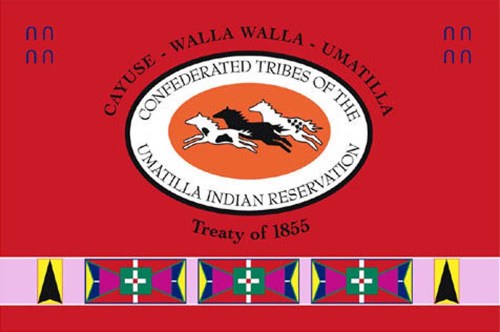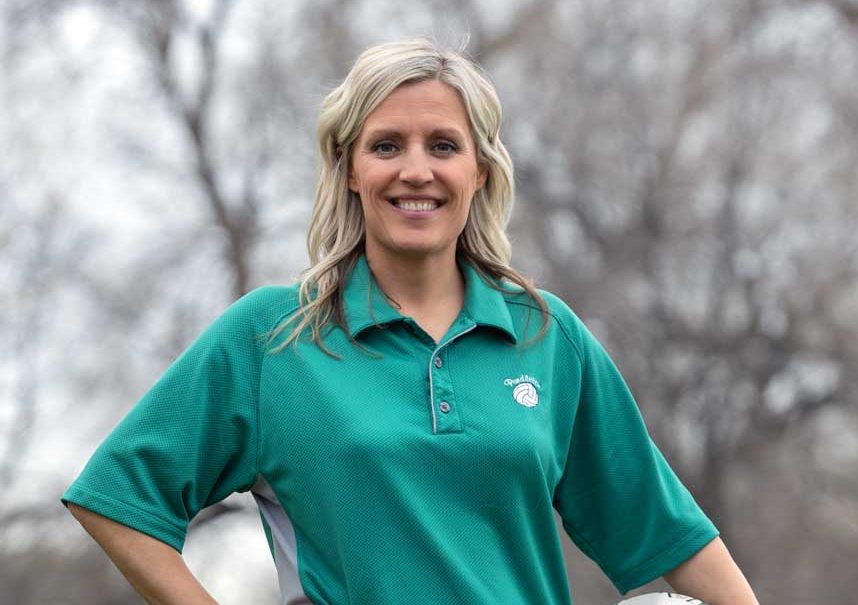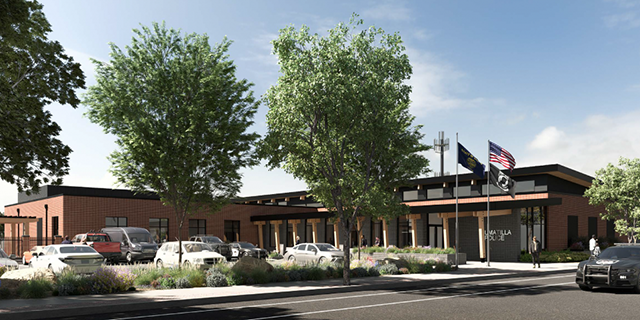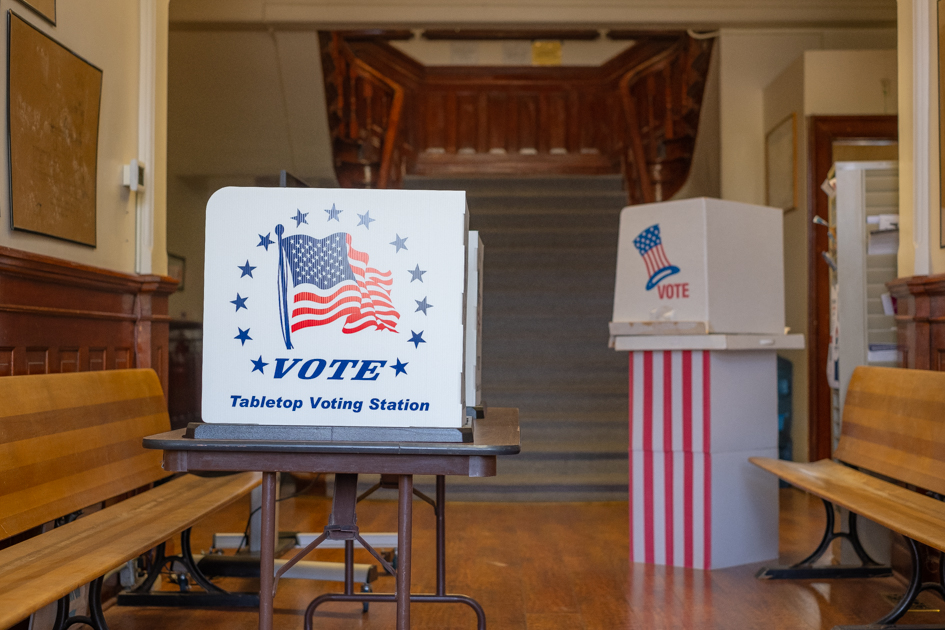CTUIR, Indian Health Service leaders to sign MOA for $44.5M water project
Published 5:45 am Sunday, August 25, 2024

- CTUIR flag.jpg
MISSION — Elected leaders of the Confederated Tribes of the Umatilla Indian Reservation and officials of the Indian Health Service will sign a memorandum of agreement Monday, Aug. 26, for the tribes’ $44.5 million wastewater treatment project.
The ceremonial signing is set for noon at the Nixyáawii Governance Center to celebrate the $38 million IHS has appropriated from its Sanitation Facilities Construction Program for the Mission Community Wastewater System Upgrade.
CTUIR Chairman Gary I. Burke in a press release said the tribes were grateful to the IHS for helping secure the funding for the wastewater treatment plant.
“Once constructed, this facility will allow the CTUIR to produce water for irrigation needs while reducing groundwater usage from local aquifers,” Burke said. “This project will also facilitate economic and community development as well as housing opportunities on the Umatilla Indian Reservation, while limiting the impact to our crucial groundwater resources.”
The tribes Public Works will operate the facility along Mission Road with the ability to treat up to 1.5 million gallons of wastewater per day. It will also conserve aquifer water by maintaining current demand levels while serving the growing community.
“It is estimated that, in 2042, 444,000 gallons per day of reuse water would be available to offset water withdrawals from the regional aquifer,” Public Works Director Justin Northern said in the press release. “That is equivalent to the annual permitted water production capacity of two to three additional community wells. The treatment and reclamation process will produce a valuable resource for reuse as Class A-recycled water suitable for watering lawns and gardens, including fruit and vegetable plants.”
This is the largest project the IHS Portland Area SFC Program has funded.
“Having access to clean water is something that many take for granted, yet there are far too many communities across Indian Country that to this day do not have access to safe and reliable water and sanitation infrastructure,” IHS Director Roselyn Tso said in the press release. “I have seen firsthand the impact of not having access to these essential services. It is a matter of public health, but it is also a matter of respect for our Native people.”
Along with the IHS funding, U.S. Sens. Jeff Merkley and Ron Wyden helped secure $3 million from the Environmental Protection Agency for the wastewater system project, while the CTUIR will provide $3.5 million.
Construction on the facility is expected to start in late 2025 with a completion goal in late 2027.
Indian Health Service is hosting events Aug. 25−29 across Indian Country to highlight successful projects the federal Bipartisan Infrastructure Law funded and to recognize the importance of improving water and sanitation infrastructure in tribal communities. These events also celebrate the 65th anniversary of the IHS Sanitation Facilities Construction Program and its unique and successful history.
The BIL appropriates $700 million in each fiscal year 2022-26 for the SFC Program. More than 800 BIL-funded SFC projects are in some state of implementation, according to the Indian Health Service, ranging from procurement to construction to final report.
Other IHS World Water Week events include site visits to:
• New Post, Wisconsin, for the Lac Courte Oreilles’ water tower improvements.
• San Carlos, Arizona, for a wastewater treatment facility expansion.
• Winnebago, Nebraska, for the Winnebago Tribe’s water treatment plant.
The Indian Health Service is an agency in the U.S. Department of Health and Human Services and provides a comprehensive health service delivery system for approximately 2.8 million American Indians and Alaska Natives who belong to 574 federally recognized tribes in 37 states.
The project will involve constructing a wastewater reuse facility consisting of collection system improvements, a new wastewater system headworks, packaged activated sludge and tertiary filtration treatment systems, sludge drying beds, an ultraviolet disinfection system, 19,000-feet of recycled wastewater conveyance, approximately 92-million gallon capacity recycled water storage wetlands and ponds, irrigation intake and pump station, electrical improvements, surface restoration, road crossings, and necessary appurtenances required for a fully operational wastewater reuse treatment and disposal facility.





